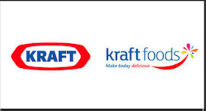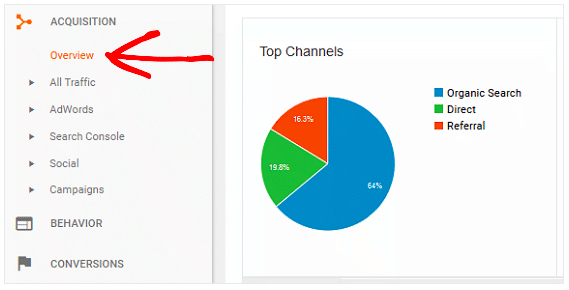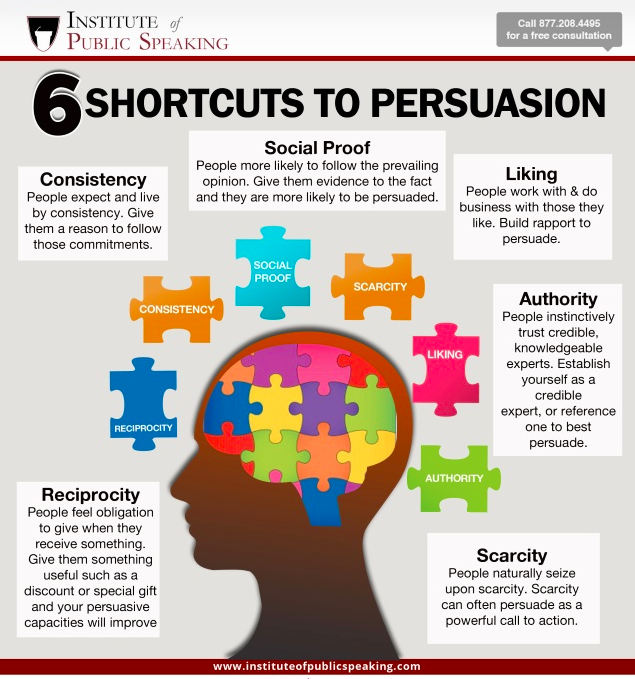Traffic is slow. You’re making fewer sales and no one seems to hang around for too long.
The answer is simple: time for a redesign, right?
Not so fast.
A new website is a considerable expense. It’s time-consuming, too. You’re also looking at a potential backlash from customers and a drop in SEO rankings.
Still, the allure of starting anew is tempting. So, with that in mind, here are some things you need to address before you make any drastic changes.
Why People Think a Redesign = Better Conversions
There’s a mistaken belief with business owners that a new website with fresh features and exciting graphics will be just the thing to turn those sales numbers around.
It makes sense. Looks are something you can easily change. It’s why we get sucked into a good TV makeover. The idea of changing your life by way of your appearance is comforting in a way.
It’s tangible, and far easier than working on personality traits or our relationships with others.
People tend to think about websites in a similar way. If people don’t like it–I’ll just change the way it looks. But the truth is, if you’re falling short on quality or optimization, a shiny new skin won’t solve your problems.
Here’s why:
People Don’t Always Embrace Change with Open Arms
Jakob Nielsen’s Fresh vs. Familiar Study from a few years back looks at why the customer and the “insider” have differing takes on rebranding.
As an insider, you see your site and your content every, single day. As such, you’re bound to get sick of looking at the same old thing. Your users, by contrast, don’t have the same experience. At most, people spend a few minutes at a time on your site. They want to get information and get out, see other websites.
Better, says Nielsen, to play into familiarity. Countless brands have attempted a new look only to learn that customers hated the change.
Think GAP, Kraft Foods’ attempt to look “natural,” or Pizza Hut’s brief image update, “The Hut.”
 |
 |
Enough said.
Has There Been a Drop Off in Traffic?
There are a couple of things to check out when contemplating a rebrand to boost traffic, sales, or leads. A poorly-planned sales funnel, a lack of advertising, or copy that doesn’t resonate all come to mind.
But, first, we need to talk about the possibility there’s a significant drop in traffic. A few things could be at play—Google penalties, connectivity issues, or competitors moving in on your keywords.
Here are some of the possible reasons you a red downward arrow on Google Analytics:
What Are Your Traffic Sources?
Before looking at the numbers, look at your traffic sources.
- Organic—Traffic from search engines. Usually, you get more organic traffic by using the right keywords.
- Referrals—Traffic that comes from a link on another website. Lots of referral traffic often means you’re seen as a credible source in your industry.
- Social Media—Traffic from links within your social posts.
- Email—People land on your website through an email marketing newsletter.
- Direct—Customers type in your URL directly or access your site through a bookmark that heads straight to your page.
- Paid Search—Traffic that comes from someone clicking on your AdWords campaign.
In this case, you can see this user is getting the bulk of their traffic from organic search. Compare the numbers you see today with the past few months to see if there has been a notable shift in sources.
It could mean your social media strategy has taken a backseat or that it’s time to focus on a paid search again.
The second step is then looking into individual channels. What was your Facebook ad performance over this period? How about Google AdWords? Are people reading your blogs? The idea is to pinpoint where things slowed down, and develop a strategy for regrowth.
Rankings
If it is rankings that are dropping off, you need to look into whether specific keywords are to blame. In some cases, a drop in rankings could indicate that people are no longer searching for those terms.
Another thing to consider is whether your competitors launched new content or if they’re seeing a sudden influx of backlinks.
Perhaps more competitors have recently entered your space. Consider using a tool like Get Stat or SEMrush to see if a competitor has usurped your rankings.
These findings will help inform a new strategy. One that probably doesn’t require a new website.
Instead, you’ll want to look at competitor content.
What, Did Something Happen to Your Backlinks?
Another possibility is lost backlinks. If several links have been removed or have broken, that could account for some lost traffic. As time passes, websites change or shut down–it happens.
That said, you’ll want to continually build relationships with high-authority websites, so the links will keep on rolling in.
Was There an Algorithm Update?
If there was an algorithm update, it’s possible your site was hit. While it can be difficult to understand the thinking behind Google’s updates, it’s worth looking into this possibility. In which case, a little research should help you uncover the new SEO rule you’ve broken.
Are You Optimizing for the Wrong Keywords?
Keywords are the backbone of SEO, they help people find you and signal to the searcher that you have the answer to their question.
Some signs your keywords are an issue:
- Very little organic traffic—This could be an issue of being new to the space but might signal that your keywords are slightly off.
- Low click-through rate, despite high impressions—You’re ranking for a keyword (yay!) but no one is clicking. Here, you need to find out if your content lines up with the rest of the search results, and if it matches the intent of the average searcher.
- There’s a mismatch with keywords and content—the point of material (aside from driving sales) is not useful to your audience. Choosing the wrong keywords or misusing them means people don’t find your content useful.
Is Your Website Loading Too Slow?
Another conversion killer is slow loading times. People expect a site to load within two seconds and tend to jump ship if they fail to load in three seconds.
Check your speed with sites like Page Speed or Web Page Test to see if speed is working against you.
Unfortunately, if your site takes forever to load, people may start to get impatient.
Make images smaller, if possible. Ditch any unnecessary animations. Use caching. In other words, get this problem under control before more
Look Closely at Your Copywriting
Another area that could use some work is your web copy. Is everything tightened up and spelled correctly? Spelling and grammar errors can be a real mark against you from a customer standpoint. But, these mistakes are easy to fix.
That said, nailing the copy is more than spelling all of the words correctly. Good copy makes customers feel like you’re reading their mind like you understand exactly what they need and know what they want to know.
Bad copy rubs people the wrong way. If you notice a lot of people are bouncing from your site ASAP, your tone might be slightly off. Step back and consider just who you are talking to and what their values are.
The point is painting a clear picture of your product or service in just a few words and inspiring the reader to take action.
Like public speaking, copywriting should accomplish the following:
What’s Going on With Your Content Strategy?
As much as we’re visual creatures and love a slick website with big photos, lousy content is inexcusable. So is not having a strategy in place.
You need to offer SEO-friendly content for the top of the funnel prospects. These pieces serve to answer questions about your brand and connect with customers.
On a larger scale, the content strategy will work to move your prospects through the sales funnel. Initially, getting them hooked with helpful, general content, then moving into more specific detail about how you can solve their problems.
Check for Trouble in the Funnel
Now, you might already have some content, and it might even be well-written and informative. Yet, you’re not seeing the movement through each stage very clearly.
In that case, the structure may be a little off.
This little graphic from Moz illustrates the movement from discovery to conversion (one drop at a time) to that growing pool of retained customers.
Content You Need at Each Stage
- Discovery—Blog posts, videos, demos, anything educational or “fun.” The goal is generating brand awareness.
- Consideration—How-tos, case studies, demos—answers to problems via your solution. The goal here is to convince the lurkers to become customers.
- Conversion—They’re almost ready to buy, but may need a little extra push. Here, focus on highlighting use cases, testimonials, and positive reviews. Reiterate your value proposition. Your goal is to turn that reader into a full-fledged customer.
- Retention—Because you want people to continue subscribing to your service or order on a regular basis, you still need to engage with them. Content should include more advanced how-tos, special offers, and email outreach. Goals here are brand advocacy and keeping customers around for the long haul.
Messaging By Segment
So, naturally, each stage will require a specific call-to-action. In the discovery phase, you might ask someone to visit your website or share a video on social media.
As they customers progress through the sales funnel, you can be a little more forward with the ask. Invite people to download a demo version of your product or offer a discount on their first order.
As they customers progress through the sales funnel, you can be a little more forward with the ask. Click To TweetThe retention process should not be ignored, either. You want repeat sales, not one-off orders. So, be sure to stay in touch and offer support, if applicable.
In any case, it’s important that the messaging connect with the right audience. Otherwise, your funnel strategy will fall flat. See our piece on speaking to the right audience for more on messaging.
Is Your Site Optimized for Conversions?
Finally, you might want to take a step back to make sure your website is equipped to move your visitors through your site correctly. You need to be optimizing for conversions on every page.
Some tips for boosting conversions:
- CTAs on every page. No page should end without prompting visitors to progress to the next page. You have to tell people what to do. Otherwise, they’ll go, “oh that was nice” and leave without leaving an email behind.
- Include some gated content—which allows you to collect emails in exchange for a resource.Include a lot of inbound links, so users are compelled to see what else you’ve got.
- Keep tabs on trends—which content performs the best, which buttons do people click on, and which do they ignore?
- Make sure your value proposition is clear. Users need to see the clear benefits of taking action.
- Create a sense of urgency. Why do they need to act now? Is there a limited time offer? What incentives will inspire immediate action?
Conclusion
Rebranding might be a good plan, but only if you’ve done a deep dive first. If your values have changed or you’ve switched up your business model, it may be time for an update.
If not, our recommendation is to see where things can be improved before making any rash decisions. You don’t want to become the next “Hut,” after all.
Are your sales funnels set up correctly? Is your web copy striking the right tone? Are you paying for ads and measuring your goals? Is your product any good?
The point is, there are a lot of things to consider before you decide you need a new website.
That said, if your site just plain sucks, then maybe a rebrand is the best route.



